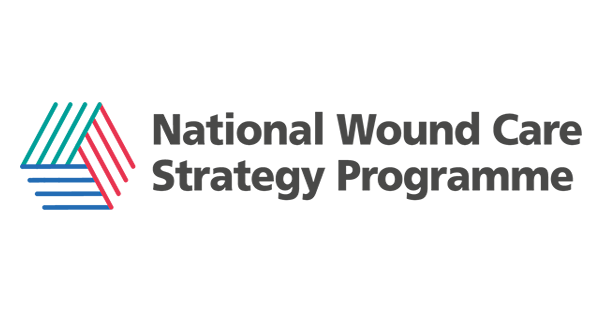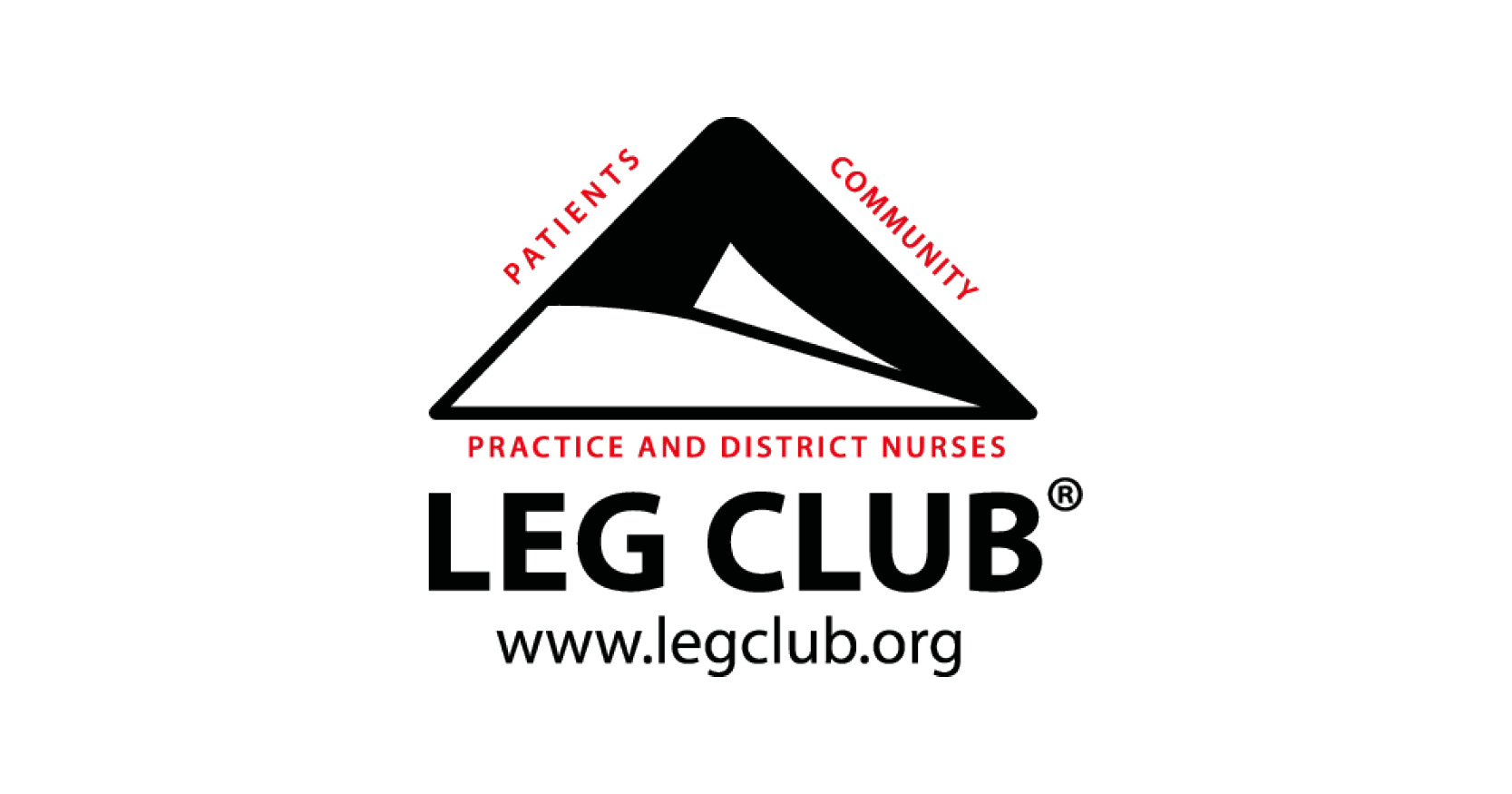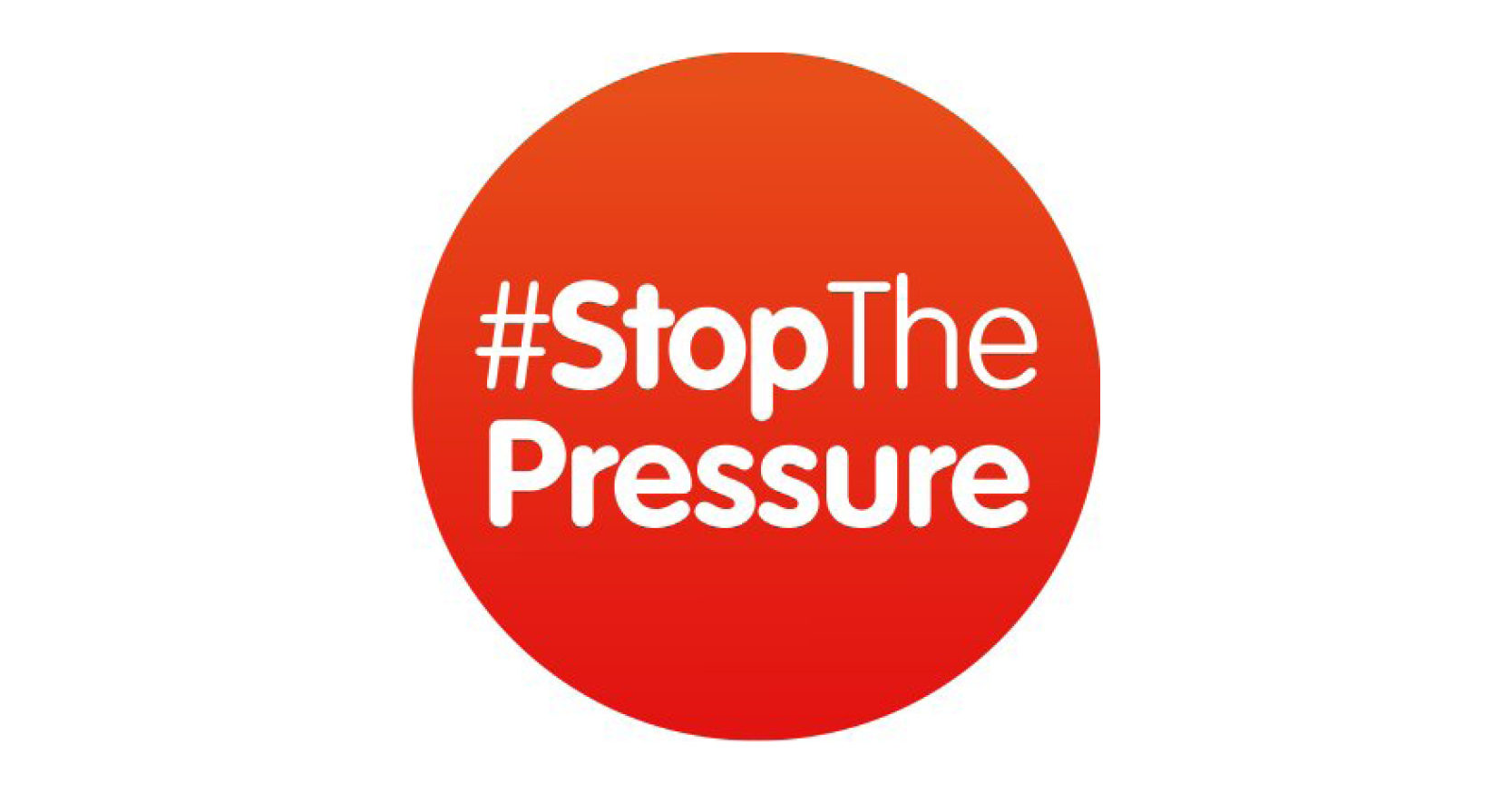Surgical wound complications (SWCs), including surgical site infection (SSI) and surgical wound dehiscence (SWD), are known to delay healing, significantly increasing morbidity and mortality. These complications also increase demands on clinicians’ time and the related socioeconomic costs (Sandy-Hodgetts et al, 2020). While SSI has been extensively researched and supported by NHS initiatives, SWD has not received the same attention. Despite a growing focus on SWD within the wound care community, this has yet to translate into action by the NHS. One reason may be the limited understanding of the scale of the issue due to a lack of evidence and surveillance data.
The NHS has set a target for 85% of all surgeries to be undertaken as day cases (NHS, 2023). As we move closer to this goal, the impact on primary and community care cannot be underestimated. Chetter et al (2017) found that 62.6% of patients healing by secondary intention were treated in primary or community care settings. This is likely an underreported issue due to the fast-changing pace of the NHS, especially post-COVID and with the development of surgical hubs aimed at increasing theatre capacity (GIRFT, 2020).
Guest et al (2017) identified that almost half of the costs associated with post-surgery patient care occur in primary or community care. Since the publication of this study, much has changed, and the true costs to the NHS remain unknown. The current national SSI surveillance system (SSISS) is not mandatory for all types of surgery, only for orthopaedic surgery and is designed primarily for hospital settings. The sole indicator for community and primary care is post-discharge readmission, which applies to only a minority of patients with SWCs. Although surgery is performed in acute settings, most follow-up care is delivered in primary and community care, where SWCs are increasingly forming a significant part of the caseload.
Currently, the Model Health System shows that day case rates range between 60-85% of all surgical procedures across England, and this trend continues to grow (NHS, 2023). Many of these patients do not receive follow-up from their surgical team (Pang et al, 2021), highlighting the need for better recording of the incidence of SWCs in community and primary care. Without such tracking, this hidden problem is likely to escalate in the future.
The recently published NWCSP Surgical Wound Complications recommendations identify key issues, such as pre-operative screening and pre-operative optimisation, including ERAS (Enhanced Recovery after Surgery) and Prehabilitation. Shared decision-making and supported self-care are crucial to ensuring patients understand and participate in their care, and have a say in its delivery. Perioperative care bundles have been demonstrated to be effective in implementing evidence-based care and improving communication between healthcare teams. Early identification, diagnosis, prevention, and management are essential to prevent these wounds from becoming a significant burden on both patients and the healthcare system. Remote monitoring and pathways that facilitate easy access to support are vital components of this effort.
The recommendations also include a clinical pathway that addresses wound healing by primary, secondary, and tertiary intention (delayed closure). It is envisaged that this pathway could be amended for local systems.
Education of both patients and care teams is critical to improving care. The Essentials of Surgical Wounds (Tier 1) has recently been published, and two additional educational resources are in the pipeline for 2024/2025. Additionally, a series of patient information leaflets are being prepared for publication.
This is only the beginning of what is needed. Raising awareness of surgical wound complications and understanding the scale of the problem are imperative. Therefore, it is essential to develop a surveillance system for community and primary care, embed education and empower patients to be actively involved in their care.





